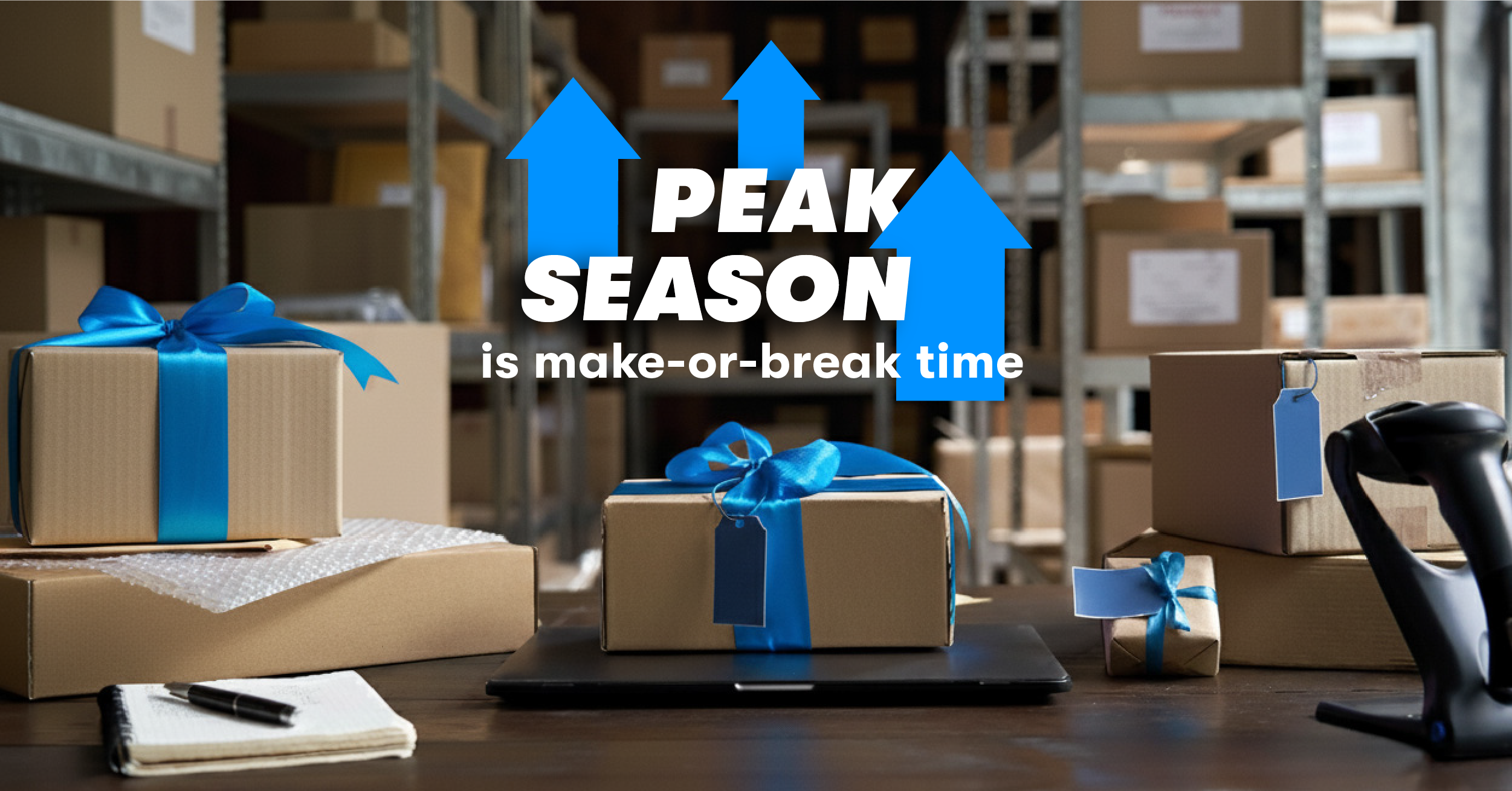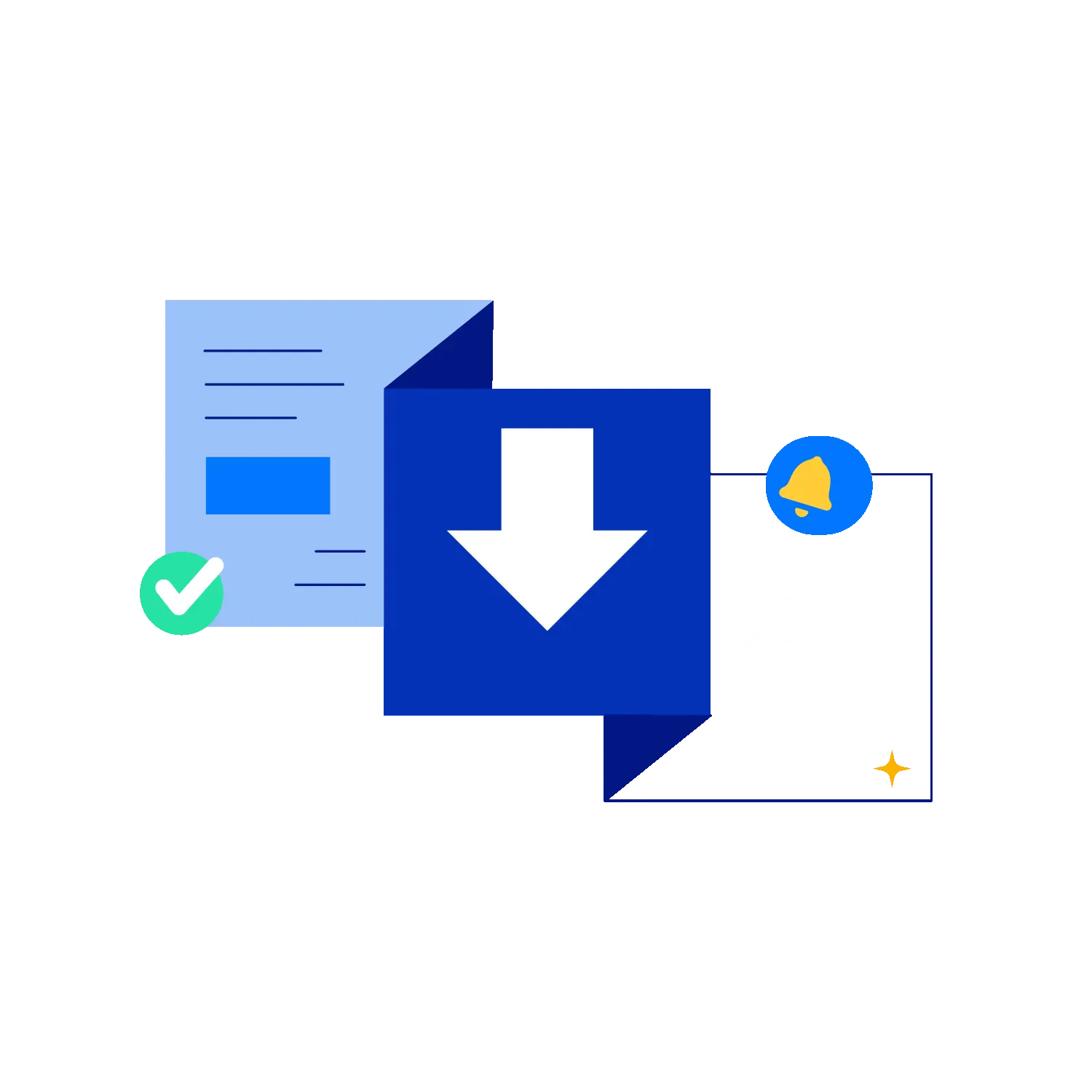23/06/2025
One of the biggest benefits of receiving delivery orders through your own branded app or website, as opposed to selling via a marketplace like Uber Eats or Deliveroo, is owning customer data. But what does it mean to own customer data, and how does it benefit restaurants?
Simply put, your restaurant has access to all the information about your customers’ orders and more. Customer data tells you everything you need to know about your customers’ habits, when they usually order, their favourite dishes and drinks, how much they spend on average when they order from your restaurant, and more. It’s a goldmine for continuously improving your customer experience, but only if you know how to use it.
With Stuart’s advanced delivery platform, restaurants can turn that customer data into real insights. Data analysis helps uncover customer habits, predict demand, and refine delivery for ecommerce or restaurant operations, ultimately driving growth and profitability.
Last Mile Delivery Data: Unlocking Business Potential
Last-mile delivery data is one of the most powerful tools to know how to boost restaurant sales and improve customer experience. When restaurants use data effectively, they can optimise every step of the process, from menu planning to targeted marketing, based on real customer behaviour.
Key benefits of leveraging delivery data include:
- identifying customer trends to adjust menus and offers;
- optimising delivery costs by improving logistics efficiency;
- increasing customer loyalty through personalisation and better service;
- predicting demand to manage staff and inventory more effectively.
With platforms like Stuart, restaurants can easily integrate last-mile delivery data into their systems to make smarter business decisions that lead to sustainable growth.
By turning delivery information into actionable insights, restaurants gain a clearer picture of what drives orders, when customers are most active, and how to deliver faster and more efficiently. This data-driven approach helps businesses stay competitive, improve performance, and strengthen customer relationships, all while keeping operations running smoothly.
Best Data-Driven Ways to Boost Restaurant Sales
When it comes to growing your restaurant’s delivery sales, data is your best friend. It tells you who your customers are, what they love to order, and when they’re most likely to hit that “order now” button.
With Stuart’s delivery and analytics tools, you can turn those insights into real results, whether it’s creating a smarter menu, running better promotions, or reaching customers at just the right time. Data helps you work smarter, not harder, so every decision supports growth and better customer experiences. Here are five simple, data-driven ways to take your restaurant sales to the next level.
Identify your bestsellers & adapt your menu for delivery
Delivery orders often have lower margins than dine-in. By analysing restaurant sales data, you can identify your bestsellers and design a delivery-only menu focused on high-margin, popular items. Stuart’s platform helps restaurants track these metrics easily, enabling more profitable menu planning and increased food delivery sales.
Use delivery to test an area for a new restaurant opening
Delivery data can reveal where your customers live and which areas generate the most orders. Instead of investing in a new location immediately, use data from your delivery orders to test demand in different neighbourhoods. This method helps you grow strategically without unnecessary financial risk.
Waive delivery fees & track demand level to drive direct orders
Customer data shows a clear trend toward direct ordering: 58% of customers now prefer ordering through a restaurant’s app or website. By using Stuart’s delivery technology and data tracking, restaurants can test strategies to boost sales, such as waiving delivery fees to encourage direct orders, thereby increasing loyalty and repeat business over time.
Push in-app notifications at the right time
Data can tell you exactly when your customers are most likely to order. Use that insight to send in-app notifications around those peak hours. Restaurants using Stuart’s digital solutions can automate these notifications to promote offers, keeping customers engaged and increasing delivery order frequency.
Measure the impact of your marketing campaigns
Marketing is most effective when its results are measurable. By cross-referencing sales data with campaign locations or timelines, restaurants can understand what drives orders and refine their strategies accordingly. With Stuart’s analytics tools, businesses can track performance across channels and make data-backed marketing decisions.
Implementing Data Strategies with Last Mile Data Delivery
To truly capitalise on the value of last-mile data, restaurants should follow a structured approach to integration and analysis. Stuart’s delivery platform makes this process simple and effective.
Three key steps to implementation:
- Integrate Stuart’s API with your POS or ordering system for real-time order and delivery tracking.
- Analyse order data to uncover trends and identify opportunities for optimisation.
- Refine strategies regularly, using insights from delivery and customer behaviour data to boost performance.
Following these steps helps restaurants streamline operations, boost last mile delivery for retail efficiency, and create a smoother, more satisfying experience for every customer. With Stuart, using data isn’t complicated, it’s the key to smarter growth and lasting success.
By taking a data-driven approach, restaurants can stop guessing and start making smarter decisions that actually move the needle. Every insight from last-mile delivery data helps fine-tune service, strengthen customer connections, and boost sales. Over time, these small, consistent improvements turn everyday delivery for restaurants into a real growth driver for the business.
Drive your business forward with Stuart
Are you a restaurant owner looking to thrive in a challenging economy? Selling your delivery orders through your own digital channel is vital to maximising profits per order, but that’s only one piece of the puzzle.
By taking back control of your customer data, you can expand even further. The more insights you gain about your customers, the better you can improve their ordering experience. That leads to stronger loyalty, repeat orders, and higher average spend.
Stuart helps restaurants use delivery data to boost sales, improve customer experience, and grow sustainably. Talk to our team today to learn how our delivery solutions can transform your business.
FAQ
How to use data in sales to boost restaurant sales?
Ideas to boost restaurant sales include analysing customer order data to uncover trends, identifying bestsellers, and optimising their delivery menus. Using platforms like Stuart, they can turn this data into actionable insights that increase sales and strengthen customer loyalty.
How to increase restaurant delivery sales with data?
By tracking order frequency, delivery zones, and customer preferences, restaurants can adjust pricing, offers, and promotions. Integrating with Stuart’s delivery system enables real-time insights that help improve efficiency and boost sales performance.
How can restaurant sales data analysis improve profitability?
Sales data helps restaurants focus on their most profitable items, target high-value customers, and reduce inefficiencies. Through Stuart’s last-mile data solutions, businesses can use these insights to streamline operations, lower costs, and enhance profit margins.
45% of retailers & grocers choose ship from store delivery as their first choice
45% of retailers & grocers choose ship from store delivery as their first choice
Discover and leverage Stuart use cases
Stay up to date on delivery trends
Choose the last-mile topics you are most interested in and we will take care of the rest

Stuart is Europe’s leading last-mile B2B delivery platform. Since 2015, we’ve been empowering businesses across all industries with fast and reliable on-demand delivery solutions. Our platform instantaneously connects businesses of all sizes to a fleet of high-quality couriers.



